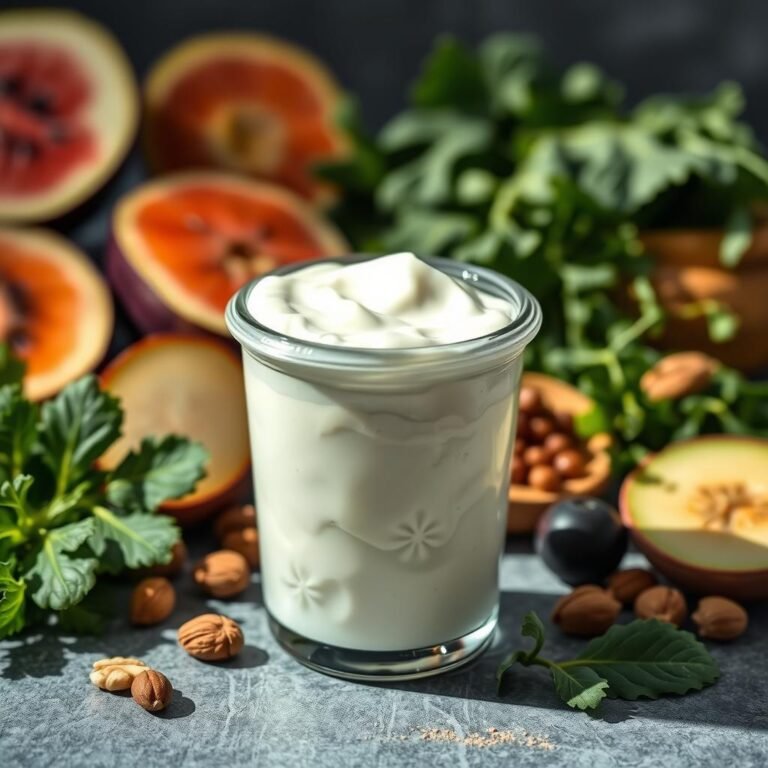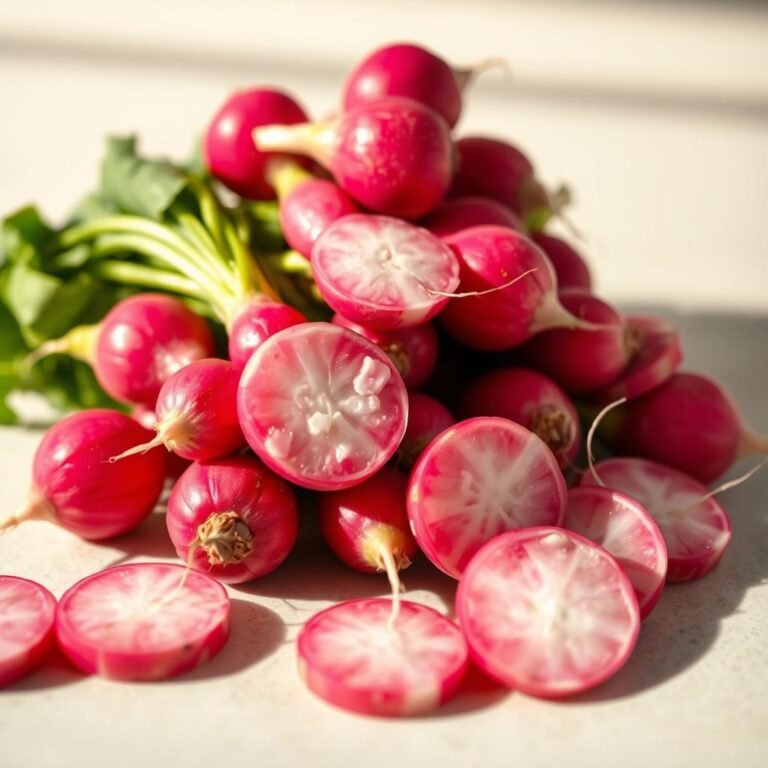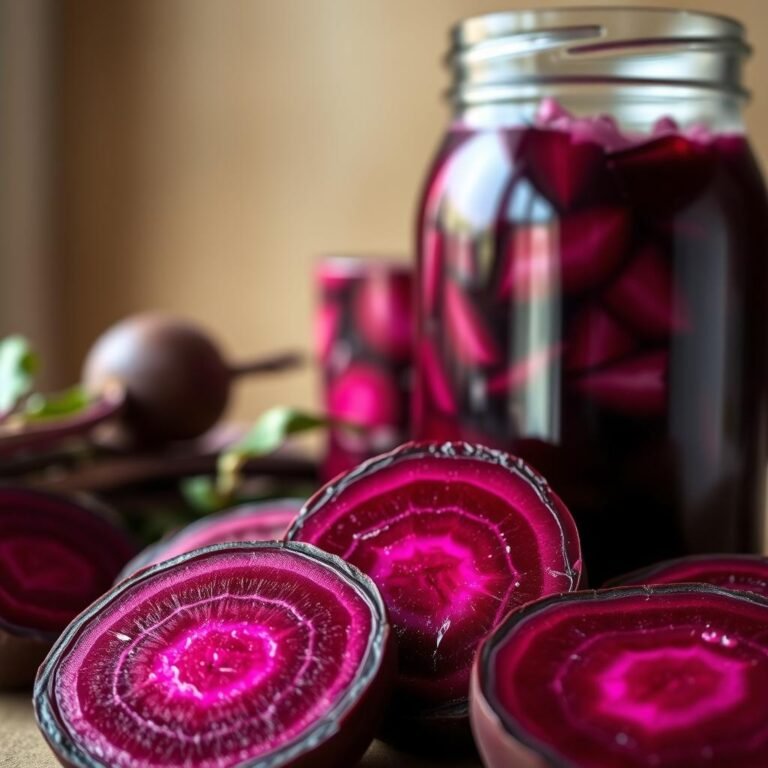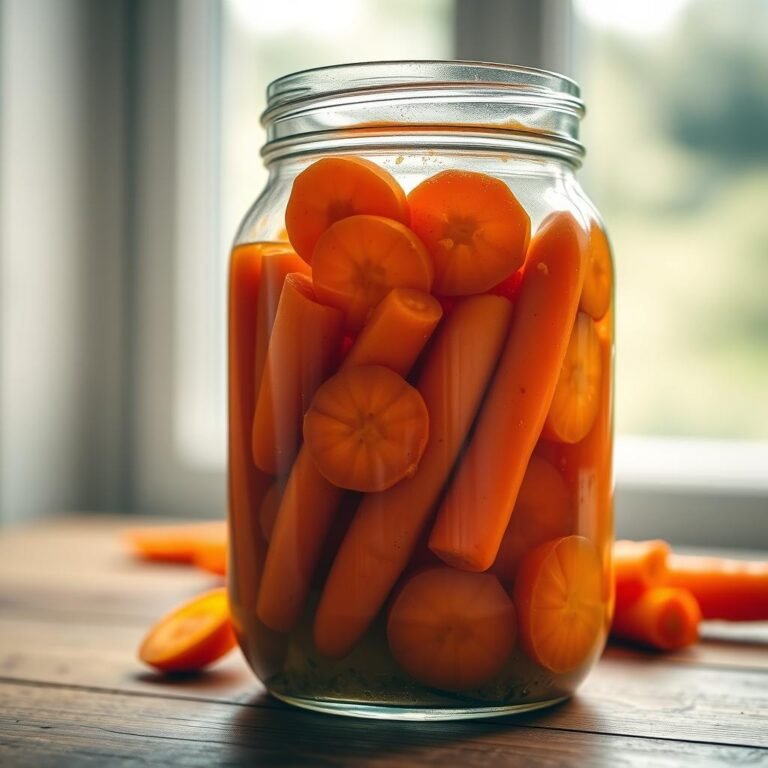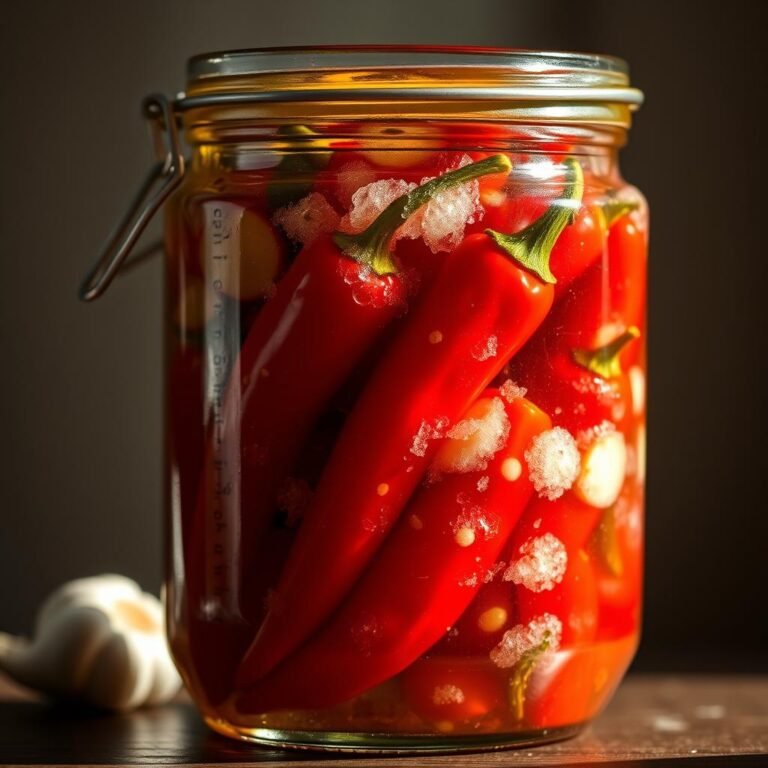How to Make Goat Milk Kefir – A Homemade Probiotic Drink

Goat milk kefir is a tasty and healthy drink you can make at home. It tastes fresher and richer than store-bought versions. You get to control what goes into it. This guide will teach you how to make it, highlighting its health benefits and how easy it is to make at home.
This kefir is great for your gut health and is easier to digest than cow’s milk. The live kefir grains ferment the milk, adding good bacteria and yeast. This makes it a nutrient-packed drink that’s good on its own or in recipes. Plus, goat milk’s smaller proteins and fats are gentler on your stomach.
To learn more about making this drink, check out this informative article. With just 1-2 tablespoons of live kefir grains and two cups of raw goat’s milk, you can make a probiotic drink in 24-48 hours at room temperature.
Learning to make goat milk kefir can improve your diet, digestion, and immune system. It’s a great addition to any health-focused kitchen.
Introduction to Goat Milk Kefir
Goat milk kefir is a beloved drink with roots in Eastern Europe and the Middle East. It’s packed with nutrients and has been loved for centuries. Making goat milk kefir involves a careful fermentation process with special cultures called kefir grains.
These kefir grains aren’t like cereal grains. They’re a mix of good bacteria and yeasts. When they meet goat milk, they turn it into a tangy, bubbly drink. This drink is full of probiotics and is good for your health.
To make traditional goat milk kefir, you need fresh goat milk and these special grains. The fermentation time varies from 12 to 48 hours, based on the temperature and how tangy you like it. This drink is great on its own or in many recipes.
Following a classic goat milk kefir recipe helps make a probiotic drink at home. This drink is great for your digestive health. Its popularity is rising in the U.S. as people look for natural ways to boost their gut health.
Benefits of Goat Milk Kefir
Goat milk kefir is great for your health. It helps your digestion and is full of good stuff. It’s a drink you should think about adding to your diet.
Digestive Health
Goat milk kefir is good for your stomach. It has lots of live cultures and enzymes. These help keep your gut healthy.
It also has yeast and different kinds of bacteria. Up to 36 types work together to help your body digest better. This is good for people who can’t digest cow’s milk well because it’s mostly lactose-free.
Probiotic Content
Goat milk kefir is full of probiotics. These are good for your gut. They help your body get rid of toxins and digest food better.
They also help lower inflammation. The mix of bacteria and yeast makes it even better. It boosts B-vitamins, which are good for you.
Nutrient Profile
Goat milk kefir is not just full of probiotics. It also has lots of important nutrients. It has protein, vitamin D, B vitamins, and minerals like calcium and phosphorus.
These nutrients help make your bones strong. You can learn more about its health benefits on Courtyard Farms.
Why Choose Goat Milk Over Cow Milk?
Goat milk is better for making kefir than cow milk. It’s easier to digest because of its smaller fat globules and less lactose. This makes it great for people who can’t handle lactose well.
Goat milk also has a different protein that’s less likely to cause allergies. This protein is good for making kefir. It makes the kefir creamy and good for your gut.
Goat milk stays creamy and doesn’t separate like cow milk does. This makes the fermentation process better. It results in a smooth and tasty kefir.
Goat milk kefir also has more nutrients like fatty acids and calcium. These nutrients are good for your health. They make the kefir more nourishing.
Essential Ingredients and Equipment for Goat Milk Kefir
To make tasty and healthy easy goat milk kefir at home, you need a few things. You’ll need milk kefir grains, fresh goat milk, and a fermentation jar. It’s important to use good quality items for the best taste.
Milk Kefir Grains
Milk kefir grains are key for making easy goat milk kefir. They turn milk into a drink full of good bacteria. You can use them over and over, saving money.
Goat Milk
Goat milk is the best choice for kefir because it’s full of nutrients and easy to digest. It’s also less likely to cause allergies than cow milk. It adds a special tangy flavor to the kefir. For more tips on picking the right ingredients, check out Venison for Dinner.
Fermentation Jar
A good fermentation jar is important for making easy goat milk kefir. A quart-sized Mason jar is perfect. Make sure it’s clean before you start to avoid contamination. Use cheesecloth or a sprouting lid to let air in and keep out dirt.
How to Make Goat Milk Kefir
Making goat milk kefir at home is easy. It’s important to follow each step carefully. This ensures your kefir is tasty and full of probiotics. Here’s a simple guide to making goat milk kefir.
Cleaning Everything
First, clean all your equipment well. This means jars, utensils, and any tools you’ll use. Keeping things clean helps keep your kefir culture safe and prevents bad bacteria.
Assembling the Ingredients
Next, get high-quality goat milk and kefir grains. You can find these at health food stores or online. Fresh, natural goat milk is key for the best taste.
Fermentation Process
The fermentation step is very important. Pour goat milk into a jar and add the kefir grains. Cover it with a cloth to keep it clean and let it breathe. Let it sit at room temperature for 24 to 48 hours. Check it often until it thickens and tastes tangy.
Straining the Grains
After it’s done, strain the kefir grains from the liquid. Use a fine mesh strainer or cheesecloth. The grains can make more kefir, so save them in a little milk if you’re not using them right away.
Storing Fresh Kefir
Put the kefir in a clean jar and refrigerate it. Homemade kefir lasts up to two weeks in the fridge. Enjoy it on its own or mix it into smoothies for a probiotic boost.
| Step | Action | Details |
|---|---|---|
| Cleaning | Sanitize equipment | Ensure all jars and utensils are sterile |
| Assembling | Gather ingredients | Use high-quality goat milk and kefir grains |
| Fermentation | Combine milk and grains | Let sit for 24-48 hours at room temperature |
| Straining | Separate grains from liquid | Use a fine mesh strainer or cheesecloth |
| Storing | Refrigerate kefir | Keeps up to two weeks in the fridge |
Step-by-Step Instructions for Making Goat Milk Kefir
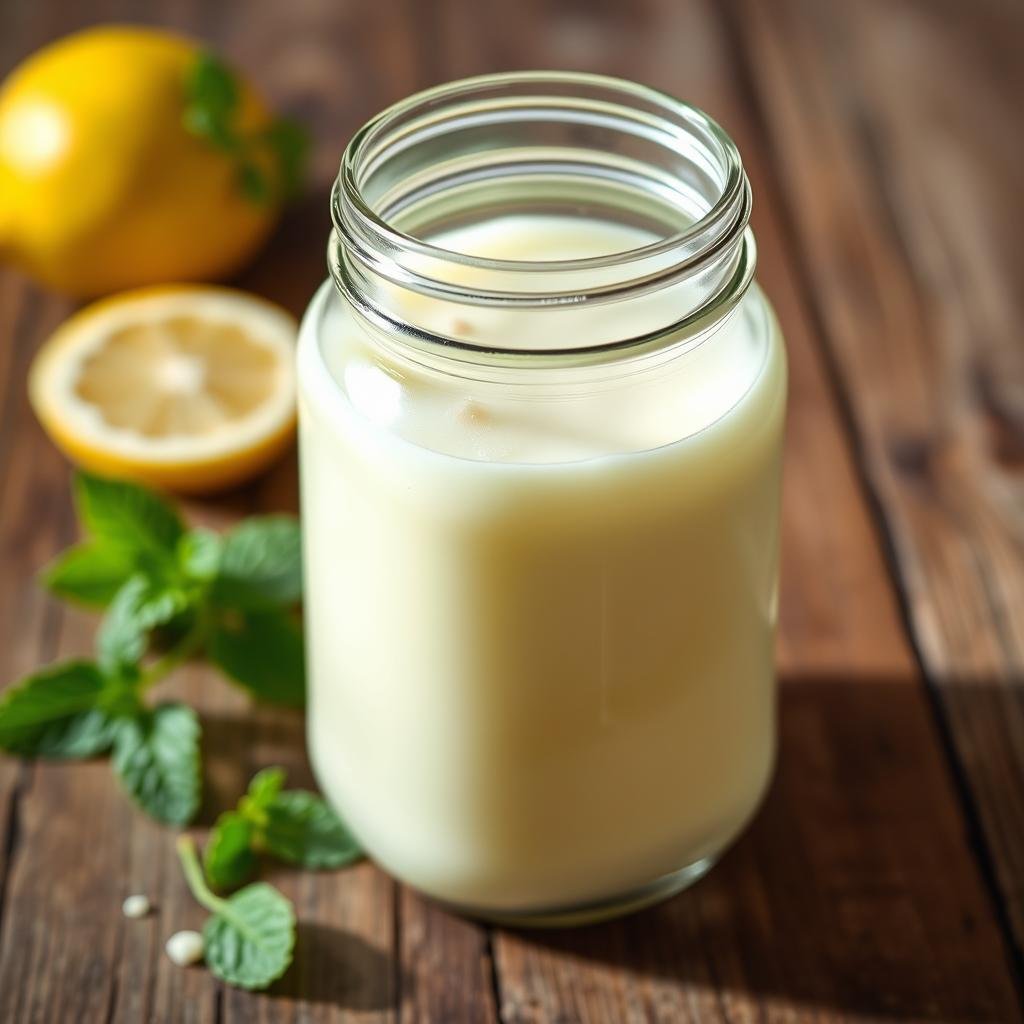
Making your own goat milk kefir recipe at home is easy and fun. Follow these steps to get the best results every time.
- Cleaning Everything: Make sure all your equipment, jars, and utensils are clean and sterilized. This stops unwanted bacteria from ruining your kefir.
- Assembling the Ingredients: Get your milk kefir grains and high-quality goat milk ready. Put the kefir grains in a clean jar.
- Fermentation Process: Pour the goat milk over the kefir grains, leaving some space at the top. This is for expansion.
- Timing and Temperature Control: Cover the jar with a breathable cloth and a rubber band. Keep it at room temperature (68°F to 78°F) for 24 to 48 hours. This depends on how thick you like your kefir.
- Straining the Grains: After fermentation, use a strainer to separate the kefir grains from the liquid. Keep the grains for your next batch.
- Storing Fresh Kefir: Put the strained kefir in a clean jar and cover it. Store it in the fridge. It will keep fermenting but slower. Enjoy your homemade goat milk kefir recipe chilled!
For those wanting to improve their goat milk kefir recipe, try different fermentation times and temperatures. This will give you different flavors, making your probiotic drink just right for you.
Fermentation Process of Goat Milk Kefir
The fermentation process of goat milk kefir relies on a mix of bacteria and yeast in kefir grains. It’s important to understand how these microbes work together. This balance is key to making fast and high-quality kefir.
First, kefir grains are mixed with goat milk at certain temperatures. For example, at 18°C, use 80ml of milk for every 5g of grains. When the temperature goes up to 26°C, you can use up to 200ml of milk for the same amount of grains. This lets the microbes grow best.
The fermentation takes 2-3 days, keeping the temperature between 18-23°C. During this time, the bacteria turn lactose into lactic acid. This makes kefir tangy and full of probiotics. The grains can host up to thirty different types of bacteria and yeast.
With the right care, kefir grains can keep making kefir. For those wanting to learn more, check out the fermentation process of goat milk kefir online.
Choosing goat milk over cow milk makes a big difference. Goat milk gives kefir a smoother and richer taste. This is because of its special proteins and fats.
Temperature control is very important. Keeping the temperature steady helps the microbes work well together. This is essential for making kefir that tastes right and has the right texture.
Health Benefits of Goat Milk Kefir
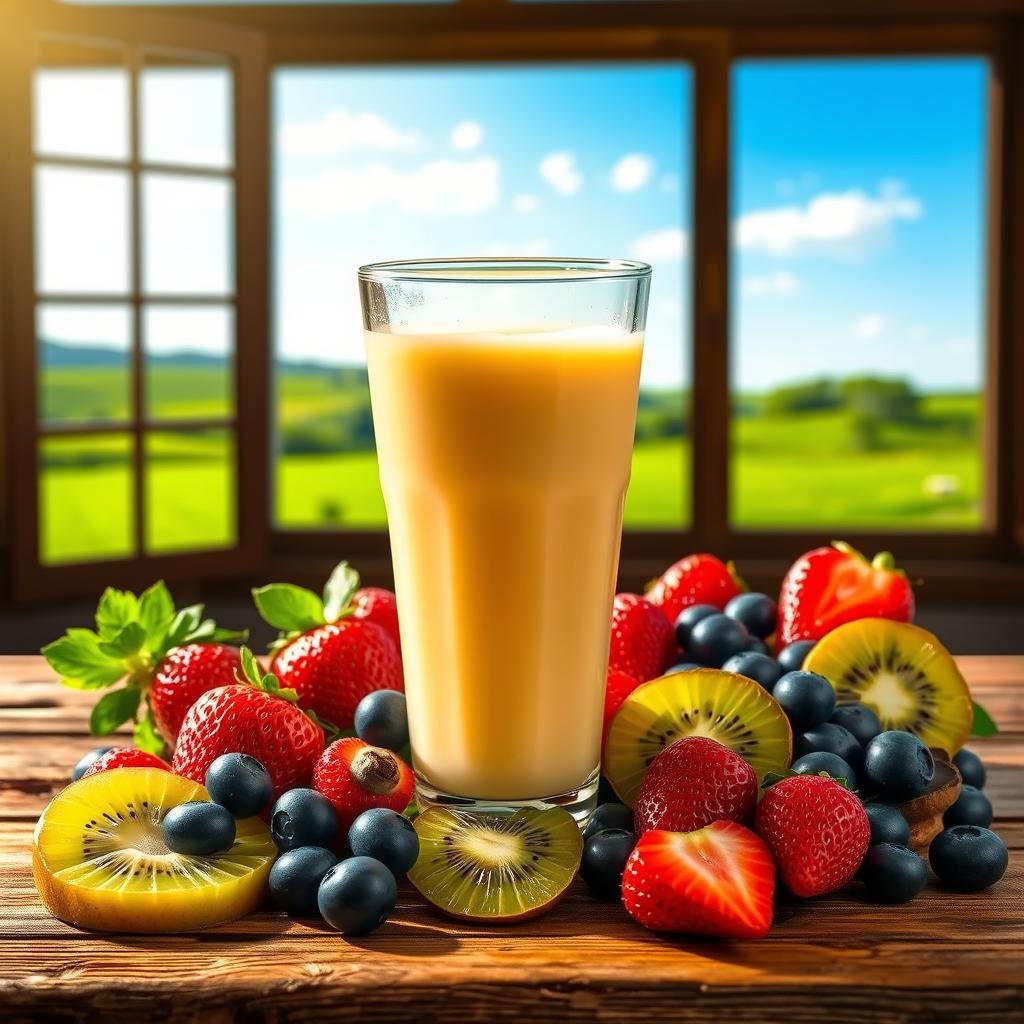
Adding goat milk kefir to your meals can bring many health perks. It’s packed with probiotics and nutrients. It helps your gut and boosts your immune system, making it a nutritional gem.
Improved Gut Health
Goat milk kefir is great for your gut. It’s full of probiotics, which are good bacteria for your stomach. These probiotics keep your gut healthy and prevent stomach problems.
They also stop bad bacteria like Salmonella and E. coli. For more on how kefir helps your gut, check out this article.
Boosted Immunity
Goat milk kefir also strengthens your immune system. It has different kinds of bacteria and yeast that help fight off sickness. The way kefir is made also creates compounds that fight off germs.
This makes your body stronger and less likely to get sick.
Better Lactose Digestion
If you can’t digest lactose, goat milk kefir is a good choice. Its low lactose content and probiotics make it easy to digest. This means you can enjoy the benefits of dairy without feeling sick.
| Nutrient | Amount per 1 Cup Serving |
|---|---|
| Protein | 9 grams |
| Calcium | 36% of DV |
| Phosphorus | 20% of DV |
| Vitamin B12 | 29% of DV |
| Riboflavin (B2) | 25% of DV |
| Magnesium | 7% of DV |
| Vitamin D | 12% of DV |
| Calories | 104 |
| Carbs | 11.6 grams |
| Fat | 2–3 grams |
Tips for Ensuring Great-Tasting Kefir
To get the best flavor in your easy goat milk kefir, start with fresh, high-quality goat milk. Make sure the milk isn’t ultra-pasteurized. This can slow down the fermentation.
Try a second fermentation to boost the flavor. After the first strain, add fruits, vanilla, or a lemon slice to the kefir. This makes it taste better and adds more nutrients.
Keep the fermentation temperature just right. Aim for 68-72°F (20-22°C). If it’s too hot or cold, your kefir might not turn out well.
Play with fermentation times to find your favorite taste. Fermenting for 24 hours gives a tangy flavor. For something milder, try about 12 hours.
Always use non-metal utensils and containers. Metal can harm the probiotics, making your kefir less effective.
Remember to taste and take notes! Keeping a journal helps you track what works best. This way, you can make the perfect batch of easy goat milk kefir again.
Common Mistakes and How to Avoid Them
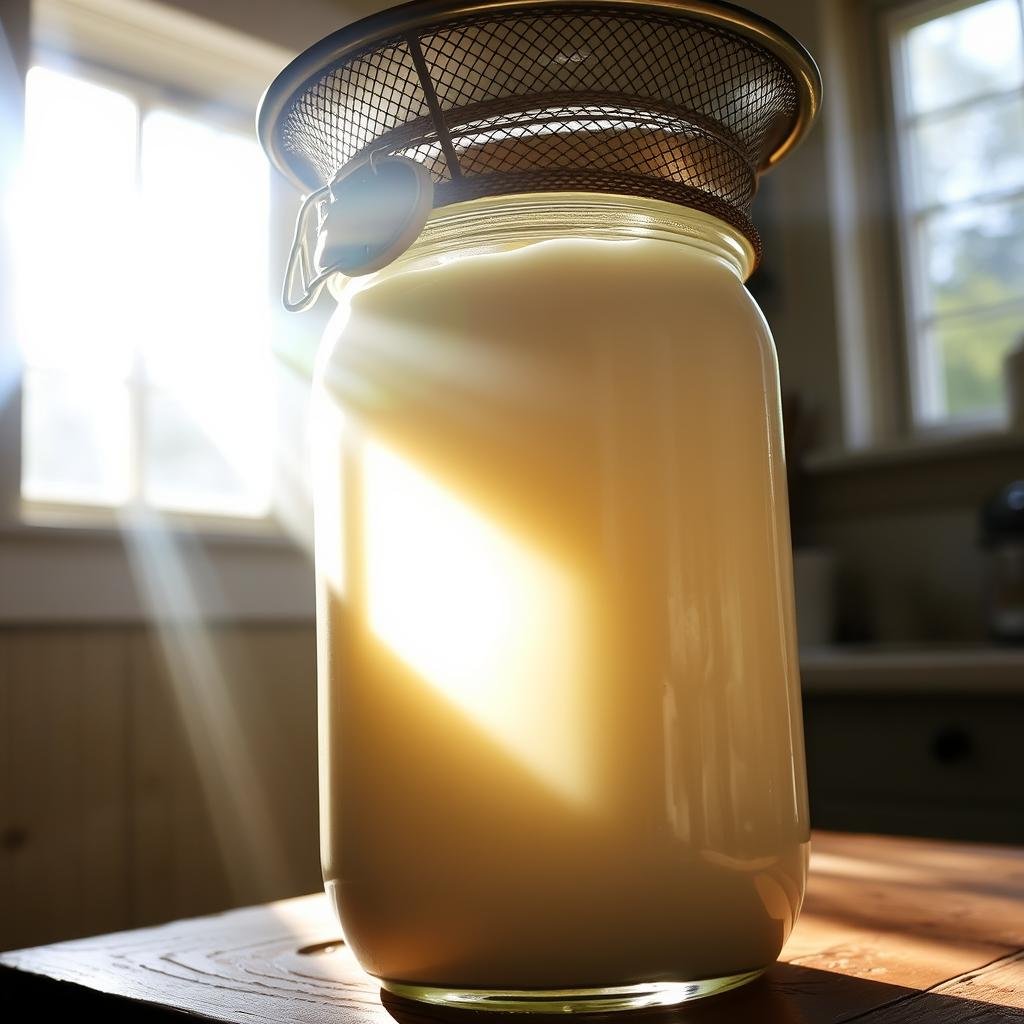
Making homemade goat milk kefir can be tricky. The right techniques are key to a tasty probiotic drink. Here are some common mistakes to watch out for:
Using Metal Utensils
One big mistake is using metal utensils. Metal can harm the kefir grains. Always use plastic, wood, or glass when handling your kefir.
Over-Fermentation
Over-fermentation makes the kefir too sour. It happens when the grains sit in the milk too long. Watch the time closely. 12-48 hours is usually best, depending on the temperature and your taste.
Inconsistent Fermentation Temperature
Keeping the temperature steady is important. Too high or too low can mess up the fermentation. Try to keep it around 68-85°F. Changes in temperature can make the fermentation go too fast or slow, affecting the quality.
By avoiding these mistakes, you can make perfect homemade goat milk kefir every time. Keep trying and adjusting to find what works best for you.
How to Store and Use Goat Milk Kefir
Storing goat milk kefir right is key to keeping its health benefits. It’s also great in many recipes. This adds flavor and more nutrients.
Storing in the Refrigerator
Keep goat milk kefir fresh by storing it right. Put it in an airtight container in the fridge. This keeps it strong and slows down fermentation.
It stays good for up to two weeks in the fridge. Shake it well before drinking for a smooth taste.
Different Uses in Recipes
Goat milk kefir is great in many dishes. Here are some ways to use it:
- Smoothies: Mix it with fruits, veggies, and honey for a tasty smoothie.
- Salad Dressings: Use it instead of buttermilk or yogurt for a tangy dressing.
- Baked Goods: Add it to pancakes, muffins, and bread for moisture and flavor.
- Marinades: Make meat tender and flavorful with kefir-based marinades.
- Frozen Treats: Make probiotic popsicles by mixing it with fruit juices and freezing.
Storing and using goat milk kefir right can boost your health. It helps with digestion, immunity, and nutrient intake. These tips help you enjoy its benefits fully.
Frequently Asked Questions About Goat Milk Kefir
Many people wonder about goat milk kefir. We’ll answer some common questions. This will help you learn how to make it and enjoy its health benefits.
A: Yes, you can. But using raw or lightly processed goat milk boosts the probiotics. This makes your kefir even healthier.
Q: How long does it take to ferment goat milk kefir?
A: It takes 24 to 48 hours to ferment. Warmer places make it ferment faster. Cooler places slow it down.
Q: What are the primary benefits of probiotics in goat milk kefir?
A: Probiotics in goat milk kefir help your gut and immune system. They also make lactose easier to digest. This mix of benefits comes from goat milk’s nutrients.
Q: How should I store my homemade goat milk kefir?
A: Keep it in the fridge after it’s fermented. This stops it from fermenting more. It stays fresh and strong for one to two weeks.
Q: Is goat milk kefir lactose-free?
A: Goat milk kefir has less lactose because of fermentation. It’s easier to digest for those with mild lactose issues. But it’s not completely lactose-free.
These answers help you understand and enjoy goat milk kefir. They ensure you get the most health benefits from its probiotics.
The Difference Between Goat Milk Kefir and Cow Milk Kefir
Goat milk kefir and cow milk kefir have different tastes and ways of making them. Goat milk kefir tastes mild and tangy. It’s less strong than cow milk kefir, which can taste sharp and sour. This taste difference comes from how the milk and kefir grains interact during fermentation.
Goat milk kefir is also easier to digest. Its fat globules are smaller, and its proteins are different from cow milk. This makes it better for people who can’t digest cow milk well. The fermentation process also makes goat milk kefir’s nutrients like calcium and magnesium more available.
Both kefirs change in texture when fermented, but goat milk kefir is a bit thinner. This makes it easier to drink. Cow milk kefir, on the other hand, has more antioxidants from its EPS. These differences affect the health benefits of each kefir type. Knowing these differences helps people pick the kefir that fits their health and taste needs.
